Last Updated on August 5, 2021

Welcome to The Best Movie You NEVER Saw, a column dedicated to examining films that have flown under the radar or gained traction throughout the years, earning them a place as a cult classic or underrated gem that was either before it’s time or has aged like a fine wine.
This week we’ll be looking at the Norwegian flick KON-TIKI.

THE STORY:
Legendary explorer Thor Heyerdal's epic 4,300-mile crossing of the Pacific on a balsawood raft in 1947, in an effort prove that it was possible for South Americans to settle in Polynesia in pre-Columbian times.
THE PLAYERS:
Based on the book and Academy Award winning documentary by explorer Thor Heverdal, the film adaptation was directed by Joachim Rønning and Espen Sandberg (BANDIDAS, Netflix’s upcoming Marco Polo series) and has an all-star cast of Norwegian actors, including Pål Sverre Hagen, one of Norway’s top leading men.

THE HISTORY:
Based on the exploits of Norwegian ethnographer and adventurer Thor Heyerdahl, KON-TIKI is a point of pride for Norway. Heyerdahl, after studying the people of Polynesia came up with the hypothesis that their ancestors may have been Peruvian, having drifted on rafts from South America to Polynesia. The only way to prove such a theory, which was not widely supported, was to recreate the journey using the exact type of materials and craft that would be available to early Peruvians.
Heyerdahl recruited five friends to help him along the way, creating a balsa wood raft and “drifting” for 101 days until landing near an uninhabited atoll near Tahiti, where they disembarked and returned to civilization with their results. Although his theory was still in question (and is still largely debated), Heyerdahl no less made waves with his adventure, publishing a best-selling book about the journey as well as a documentary about it, which won the 1951 Academy Award.

“Well, we grew up in a village not far from Thor Heyerdahl’s home, so for us it was a local story as well as a national one. And we always always wanted to make a film of the Kon-Tiki, ever since we were making films. In Norway, every child knows about the Kon-Tiki, the book was huge, and the film [Heyerdahl] shot on board won an Academy Award.” – Joachim Rønning
Fast forward sixty years later to Joachim Rønning and Espen Sandberg, both native Norwegian filmmakers, who set about on their own journey to bring the tale of Heyerdahl’s KON-TIKI adventure to life on the big screen. The duo raised funds from multiple countries (and was the most expensive production in Norway’s history) and filmed for three and a half months in Norway, Malta, Bulgaria, Thailand, Sweden, and the Maldives to complete the film. They shot predominantly on the open sea, rather than on a water-based, green screen set, for both budgetary and authenticity reasons. The cast is made up of mostly Norwegian stars, all of who shot their scenes in English and Norwegian, creating two separate cuts of the film (although not discernibly different).
Domestically, the film made a paltry $1.5 million, but fared much better overseas, hauling in $21.3 million worldwide. Critically, the film was a hit and was the first Norwegian film to be nominated for both an Oscar and a Golden Globe. Although it didn’t take home any golden trophies, the film left a lasting impression, particularly for Ronning and Sandberg, who have since been hired to helm Netflix’s Marco Polo series as well as the next installment of the PIRATES OF THE CARIBBEAN franchise. It’s a rarely seen gem that is finally being discovered by stateside audiences via home video and Netflix and will likely be the film hearkened back to as both Ronning and Sandberg continue their filmmaking journey in the big leagues of Hollywood.

“Everyone told us not to do it on the open water. It ended up being the best experience for us and I think some of the best moments in the film. It was basically due to costs. We couldn’t afford shooting in a tank. Green screen (CGI) looks amazing, but we couldn’t afford that." – Espen Sandberg
WHY IT’S GREAT:
KON-TIKI is one of those films that comes out of nowhere and completely surprises you. I knew nothing of its historical significance prior to watching and had only seen the trailers, which looked compelling enough to check it out, but there was no real hype to get me to push play. It was a “risk” in that sense (they’re all risks, really, but I think you know what I mean). What brought me to the film was the visuals I saw in the trailer (and the snapping jaws of a great white shark – an allure no one can resist), which teased something epic and refined. But, I had my doubts. I’d been let down before with the promise of something good, and this easily could’ve been another sneaky one that was all style and no substance. Thankfully, I was hit with something much more engrossing.
The film is based on the real-life journey of Thor Heyerdahl, an adventurer and ethnographer, who theorized that Peruvians rather than Asians populated the people of Polynesia. His belief was that they drifted from South America to Polynesia on a balsa wood raft. However, the only way to prove such a theory was to put it to the test and that meant building his own raft out of the same materials the Peruvians of that age would have used, foregoing any modern technological advances. So, Thor (not to be confused with the God of Thunder) rounded up a crew of five to journey with him and they set adrift.

“I think that Thor Heyerdahl, he lived one of the most well-documented life ever, but in a way, he was also selling a product. Which in many case was himself. So, he was a genius at PR. So, it was important for us to dig deeper. We of course used the book and we used the documentary film but Pål Hagen who plays Thor Heyerdahl, he became very good friends with Thor's son, Thor Heyerdahl, Jr., and I think that he managed to discover the real Thor Heyerdahl. I mean especially Norway, everybody has an opinion about him. And everybody kind of feels that they know him, but nobody really feels the same. So, it was important to cut through that and make our own Kon-Tiki chapter, so to speak.” – Espen Sandberg
Now, that’s the warm and fuzzy of the story that drives the film, but the heart of it is the journey itself, which is full of the things you’d expect and many things you wouldn’t. For starters, the all-Norwegian cast is a great bunch, led by Pål Sverre Hagen as Thor Heyerdahl. Hagen portrays Heyerdahl with tenacity, wonder, and even a sense of arrogance, which is not hard to understand given the risks he takes. With doors slammed in his face at every turn to kick off the KON-TIKI expedition, it takes a certain level of persistence and cockiness to make things happen and Hagen brings this to life quite well.
What struck me immediately with the film was the brilliant sense of atmosphere; of time and place. Directors Ronning and Sandberg create an air of authenticity with the visual effects that take you right into the era; from 1940’s New York City to the docks in Peru to the wide open sea, the filmmakers immerse you in each environment. Being that it’s the most expensive film in Norway’s history, the good news is that the money made it to the screen. The visual effects are extremely impressive and you would be hard pressed to spot them (which is when visual effects are REALLY doing their job).

“That’s what captured the whole world when he set out to do this in 1947. And that’s why he sold 50 million copies of the book and his documentary about the voyage won an Academy Award. It’s not because everybody is so interested in migration theories – it’s because it’s a real adventure and it tells you that your life can be filled with more adventure too.” – Espen Sandberg
The other attribute that stands out for KON-TIKI is its simplicity. This isn’t a story about men being driven mad on a raft, killing each other and finding religion, riches, or salvation. It’s an adventure. Sure, there are conflicts in personality and conflicts over the mission, but this isn’t about that. It’s a film about discovery, chance, and friendship. There are plenty of films that “go dark” with this kind of setting, but KON-TIKI has its heart in the right place and it never sets out to alienate any of the men on the raft, nor does it create any real villains. It’s a simpler story and a breath of fresh air because of it.
That’s not to say that there’s no peril or suspense. There’s plenty, especially when you toss in the oceanic wildlife, particularly the sharks. There’s a scene where the men encounter a whale shark for the first time and it’s an amazing sequence. Because the visual effects are so strong, Ronning and Sandberg are never afraid to pull back from the action, which is testament to the scale of the film. They constantly remind you just how tiny that raft is amongst the wide sea, which is especially eerie when you see a whale shark swimming underneath them or a frenzy of sharks on their tail.

“We had a very small crew because we couldn’t afford any more people. I think we were maybe 25 people in our crew, so basically we were shooting for four weeks out in the open sea in the Mediterranean, outside of Malta for the raft sequences. I think that we were about 25 crew. We had about four or five boats besides the raft. We really wanted to be on the raft with the camera all the time. We shot everything with two cameras, so we were, at any time on the raft, we were at least 15 people so it got cozy.” – Joachim Rønning
There are plenty of encounters like this, which give the film a true sense of adventure and discovery, as the men run into all manner of wildlife throughout the voyage. It’s the viewer’s journey as well, which helps make KON-TIKI so enthralling; this is our journey as much as theirs. While the primary struggle is that of proving the theory, it’s fraught with doubt and fear. Unless you already know the endgame for the KON-TIKI then there’s plenty of suspense to be had in that area. Thankfully, the film never veers off course with its style or pace; it remains a steadfast adventure from start to finish, never becoming a film it wasn’t meant to be.
With its epic scope, strong cast, tremendous visual effects, rousing score, and deep sense of adventure, KON-TIKI is one of the most surprisingly fun and immersive films I’ve seen in the last few years. It’s a film that goes down easy, but keeps your interest high throughout; much like a riveting documentary. It’s easy to see how both Ronning and Sandberg would be sought after for something like Netflix’s Marco Polo and the upcoming PIRATES OF THE CARIBBEAN sequel after watching KON-TIKI; these guys have the pulse of adventure and the higher they climb the Hollywood ladder we’ll always look back to the raft that started it all. KON-TIKI is a calling card film and one that is fun to revisit again and again.

BEST SCENE:
There are many cool scenes in KON-TIKI, two notable ones being the whale shark scene and the great white shark scene. If you haven’t seen the film, I’d recommend skipping this part, unless you need to be sold a bit more. In the film, the crew’s parrot is swept overboard and instantly eaten by a great white. One of the men follows the shark around the boat, eventually pulling the f*cking thing out of the water and onto the raft and cutting it open to find the bird. What follows is a bloody mess with some dangerous repercussions…
SEE IT:
KON-TIKI is currently available to stream on Netflix. You can get the blu-ray here!
PARTING SHOT:
“We feel very close to Thor in many ways. Not all ways. We also, because we were working on this project… it was too expensive. We spent many years just getting the money. We really… started to feel like we were on the same path as he was. We had spent so much time that we couldn’t just give up. We couldn’t let it go. We couldn’t not succeed. We had to make it. And also we felt from a very early age that we wanted to become directors and we had told so many people that we were going to be directors, so it was like we had… It’s something about your identity being part of the project. That raises the stakes a lot. I think actors can also relate to that, that you feel like you have to succeed at a certain level.” – Espen Sandberg



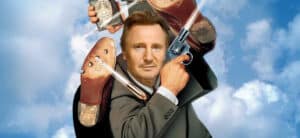




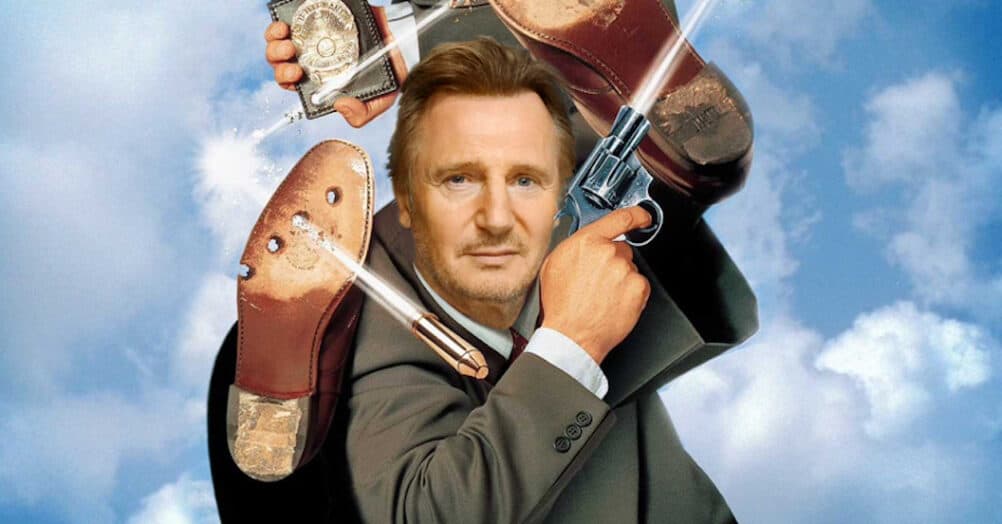

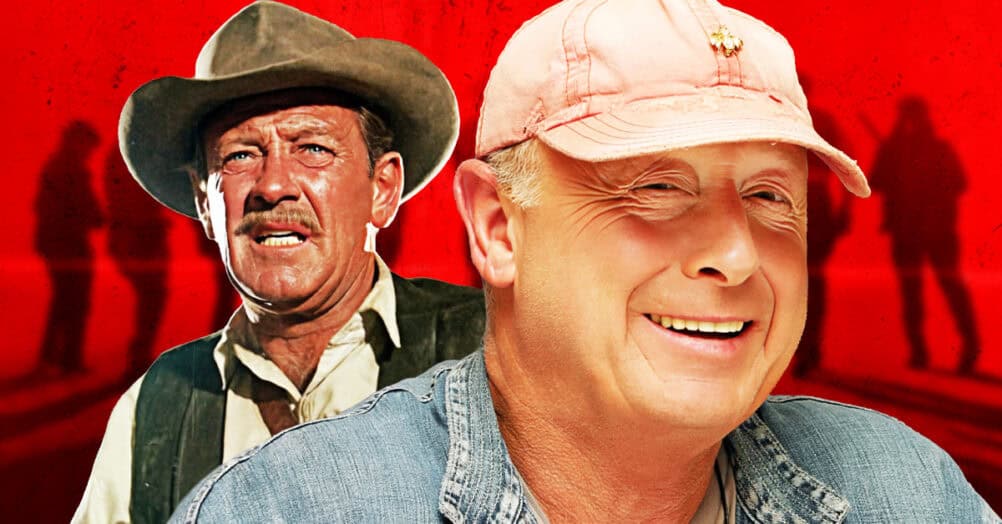

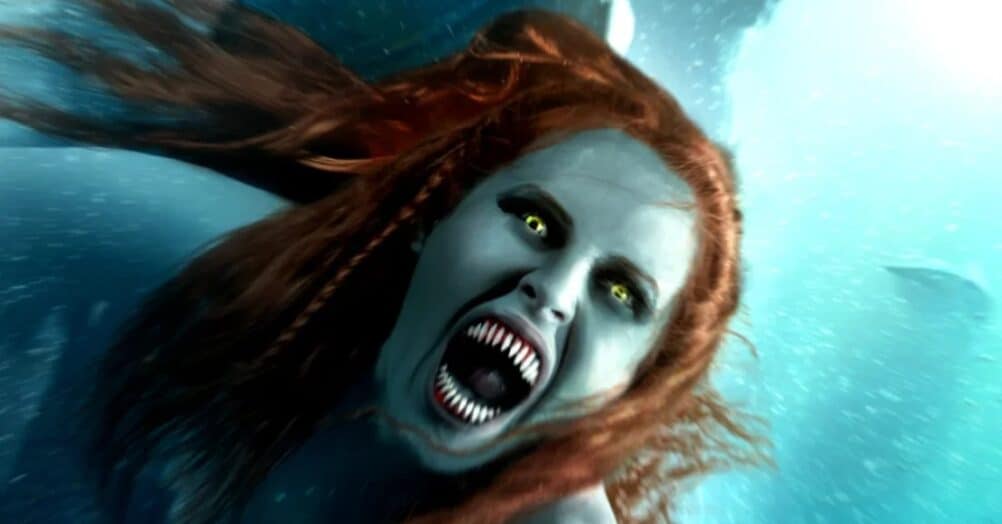
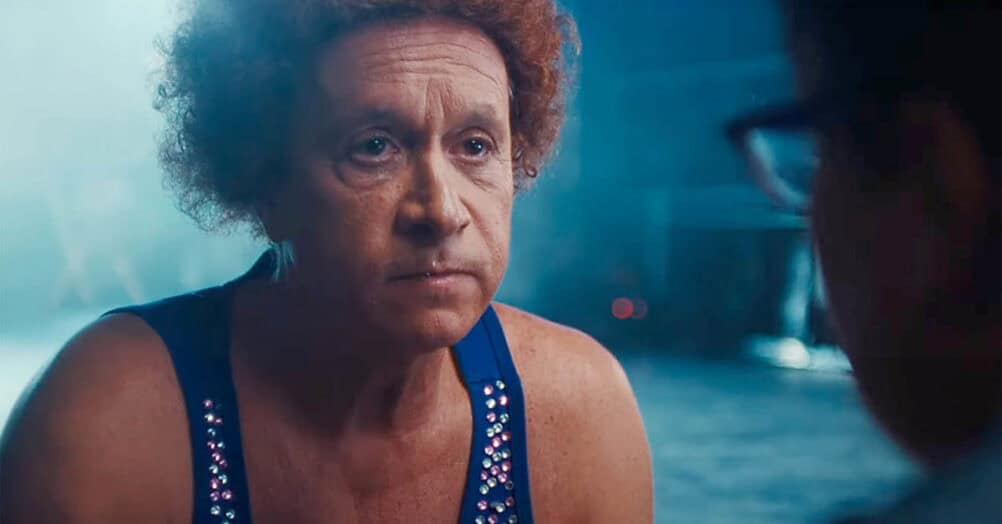
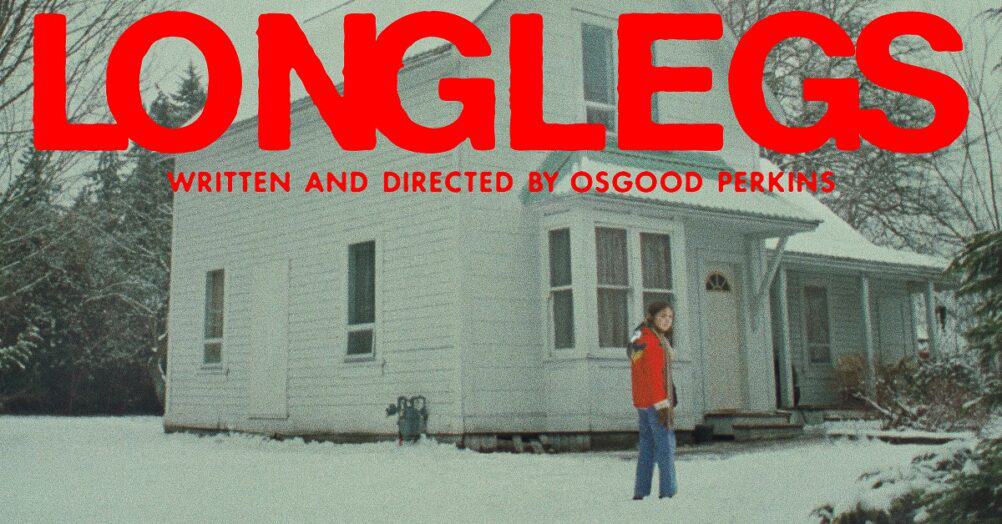
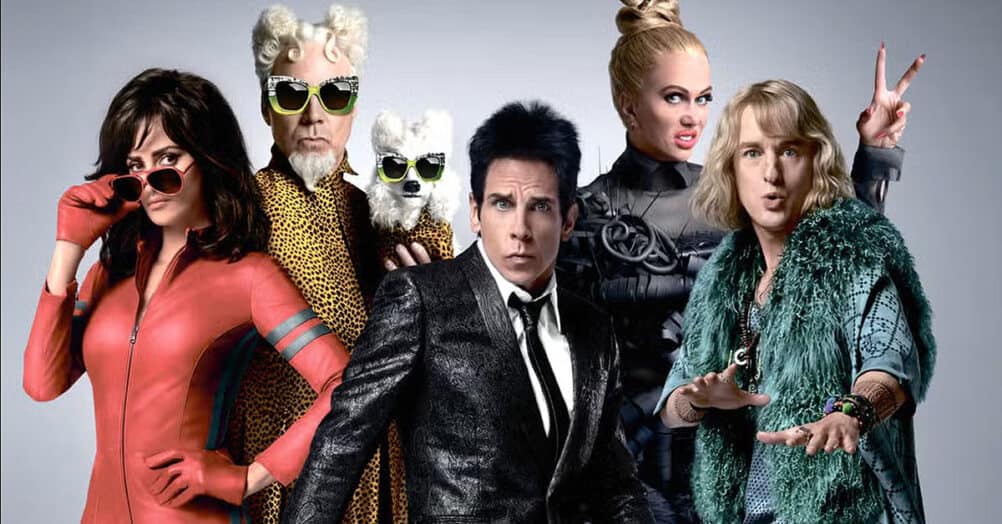
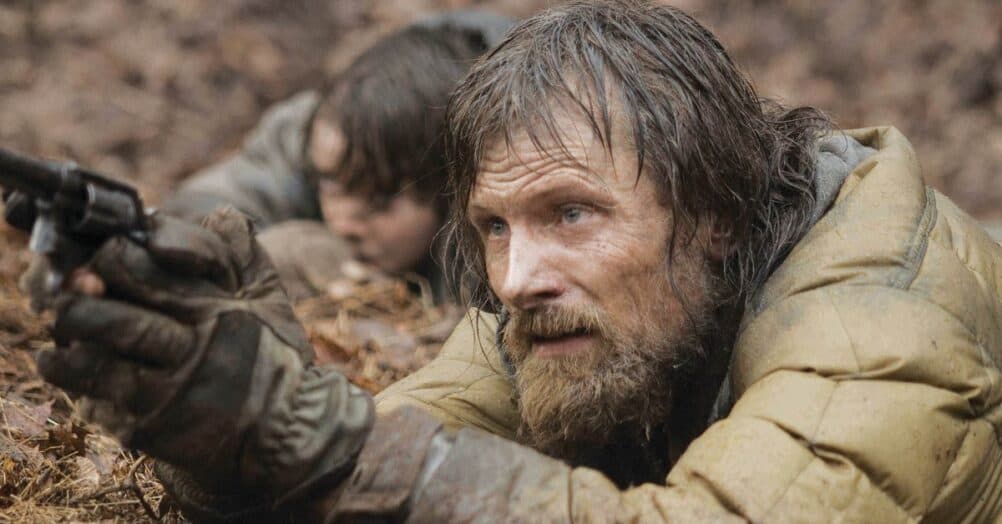

Follow the JOBLO MOVIE NETWORK
Follow us on YOUTUBE
Follow ARROW IN THE HEAD
Follow AITH on YOUTUBE